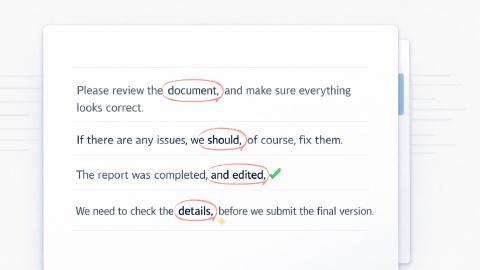10 Best AI Literature Review Tools to Try in 2026
Need help writing a literature review? Use these 10 AI literature review tools to streamline the process in 2026.
Writing a literature review can feel overwhelming when you’re juggling classes, deadlines, and piles of research papers. It’s easy to get stuck trying to organize your sources or summarize everything clearly.
Instead of struggling, use AI literature review tools to search, summarize, and structure your research for you, helping you focus on understanding rather than just compiling.
In this article, we'll cover the 10 best AI literature review tools that you can use to write literature reviews and save time in 2026.
What is a Literature Review?
A literature review is a written summary of what’s already been researched about a topic. It helps you understand what’s known, what’s still unclear, and where your own work might fit in.
Students often write literature reviews when preparing for research papers, theses, or projects that build on existing studies. You usually do a literature review at the start of your research. It gives you the background you need to form strong questions and avoid repeating past work.
Writing one involves searching academic databases, selecting credible sources, and reading each study to find key points or patterns. Once you’ve gathered enough information, you organize it by theme or topic and explain how the research connects. The goal is to show what’s been discovered so far and where there’s room for new insight.
What Does a Literature Review Look Like? Templates & Examples
A literature review usually looks like a short academic essay made up of an introduction, body paragraphs, and a conclusion. It doesn’t just list sources, it connects them to show how research on a topic fits together. Each section flows logically, explaining what’s been studied and what still needs to be explored.
Here’s a simple template you can use for any literature review:
Use AI Blaze to answer questions and generate summaries for FREE.
How to Write a Literature Review
Writing a literature review takes planning and structure. It’s not just about summarizing sources, it’s about connecting them to form a clear picture of what’s known and what’s missing.
Here's how to write a literature review:
1. Choose Your Topic
Start by defining a clear topic or research question. Pick something specific enough to explore in depth but broad enough to find multiple sources.
A well-defined focus helps you filter out unrelated studies and keep your review concise.
2. Search for Sources
Use academic databases like Google Scholar, PubMed, or JSTOR to find credible research papers. Look for studies that directly relate to your topic or question.
Make sure you collect both classic and recent studies to provide balance and depth.
3. Evaluate Each Source
Not all sources carry the same weight. Read abstracts and conclusions first to decide if a study is relevant and trustworthy. Focus on peer-reviewed papers or well-cited research to maintain quality.
4. Take Notes and Organize
Summarize each source’s main points, methods, and findings in your notes. Group studies that share similar themes, theories, or results. This step makes it easier to build sections later when you start writing.
5. Write the Review
Start with a short introduction explaining your topic and why it matters. Then, organize your paragraphs by themes or research methods, using transitions to connect ideas.
End with a conclusion that highlights gaps in existing studies and suggests what future research could focus on.
How to Use AI for Literature Reviews
AI can simplify every part of writing a literature review, from finding sources to organizing notes. It helps you work faster while keeping your research accurate and well-structured.
Here are some of the best ways to use AI for literature reviews.
Summarize research quickly - Let AI create short, clear summaries so you don’t have to read every paper in full.
Compare findings - Ask AI to identify similarities, differences, or trends across multiple studies.
Organize your notes - Have AI sort your findings into categories or themes for a more structured outline.
Generate citations - Use AI to format references automatically in APA, MLA, or Chicago style.
Proofread and improve writing - Use AI to check grammar, refine clarity, and make your review sound more professional.
Using AI doesn’t replace critical thinking, it just gives you a head start. Once the you gather and organizes information, AI can focus on analyzing and writing your review with more clarity and confidence.
10 Best AI Literature Review Tools
Here's our list of the 10 best AI literature review tools:
1. AI Blaze
First up on our list of the best AI literature review tools is AI Blaze.
AI Blaze is your personal AI research and writing assistant that helps you quickly summarize text, articles, and PDFs, and streamline the writing process!
With AI Blaze, you can answer questions and generate summaries on any website (no file uploading necessary)!
Here's what makes AI Blaze stand out:
Summarize articles, PDFs, and documents - AI Blaze helps you quickly summarize content and write literature reviews.
Proofread & improve your writing - AI Blaze helps you proofread your work, catch mistakes, and improve your writing anywhere.
Take notes & generate citations - Use AI to organize your notes and generate citations.
Price: - AI Blaze is 100% free for students!
- 100% free for students.
- Works on any website.
- Dynamic prompts.
- Only available on Chrome.
Use AI Blaze to answer questions and generate summaries for FREE.
2. Elicit AI

Elicit AI uses AI to search academic papers and summarize research questions, methods, and findings. It helps you identify key insights across multiple studies and organize them into comparison tables.
It’s ideal for students who want a quick overview of what existing research says about a topic.
- Price: Summarize up to 4 papers at once for free, then $120/year for more.
3. Jenni AI

Jenni AI is a tool that assists with academic writing by helping you summarize sources and cite them correctly.
You can use it to generate literature review drafts and refine them with AI suggestions. It also includes citation tools that integrate with your writing as you go.
- Price: 10 free PDF uploads & chat messages, then $12/month for more.
4. SciSpace AI
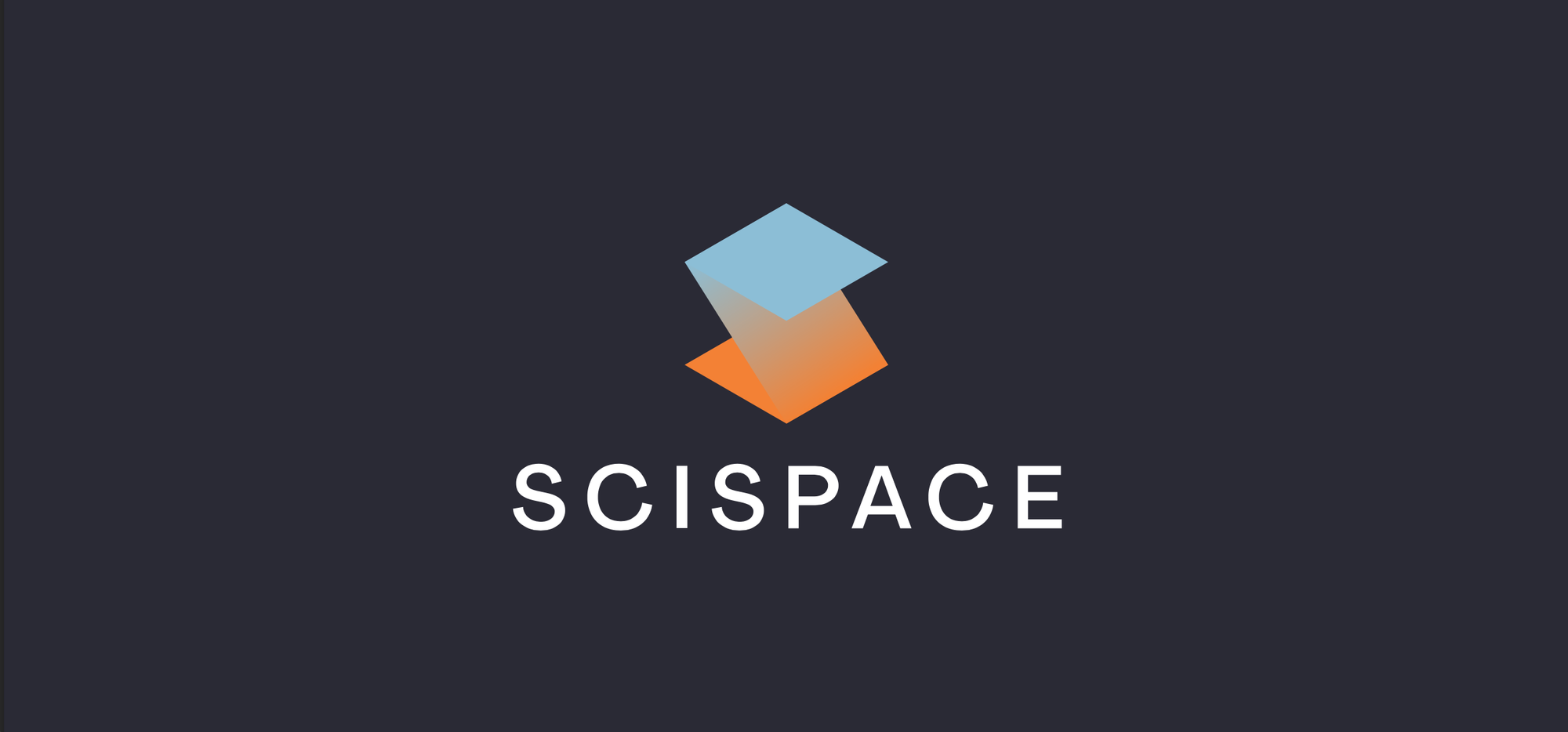
SciSpace AI helps you explore and understand scientific papers. It explains complex concepts in plain language and allows you to ask questions directly about the text.
Students can use it to extract relevant information from research papers without reading them in full.
- Price: Limited free plan. Premium plan is $20/month.
5. Litmaps
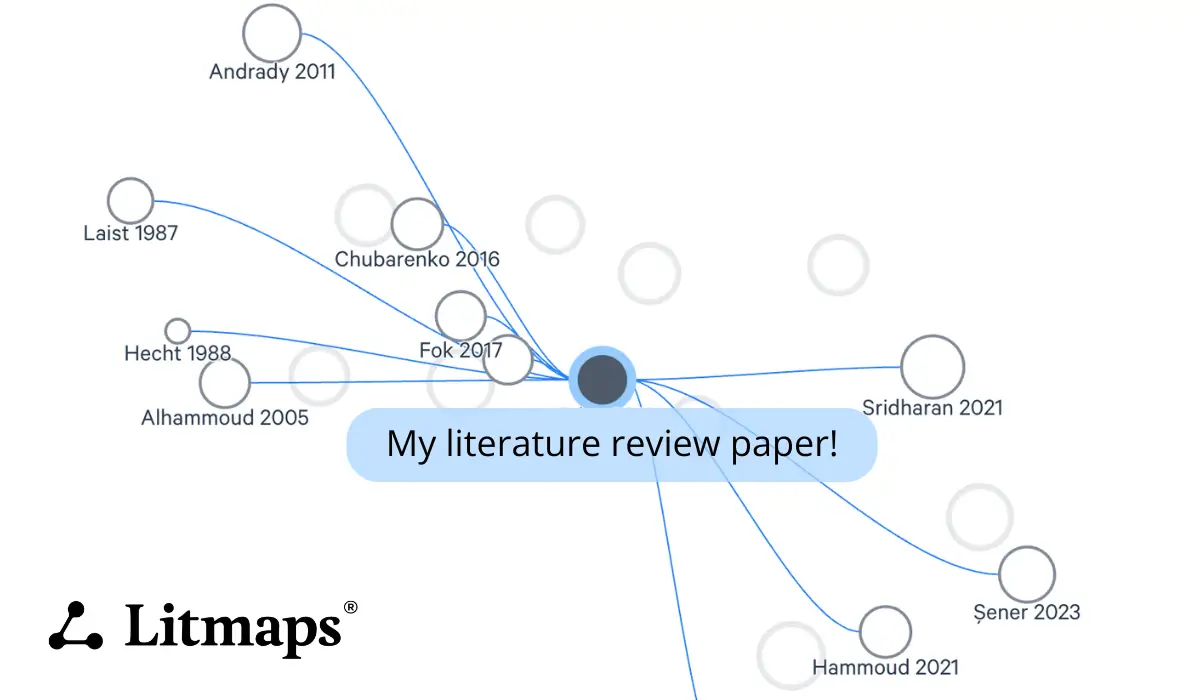
Litmaps visualizes connections between research papers, showing how studies relate to each other over time.
It’s helpful for seeing trends or finding missing links in your literature review. You can also use it to track new publications related to your topic automatically.
- Price: 2 free Litmaps, then $10/month for more.
6. Scite AI
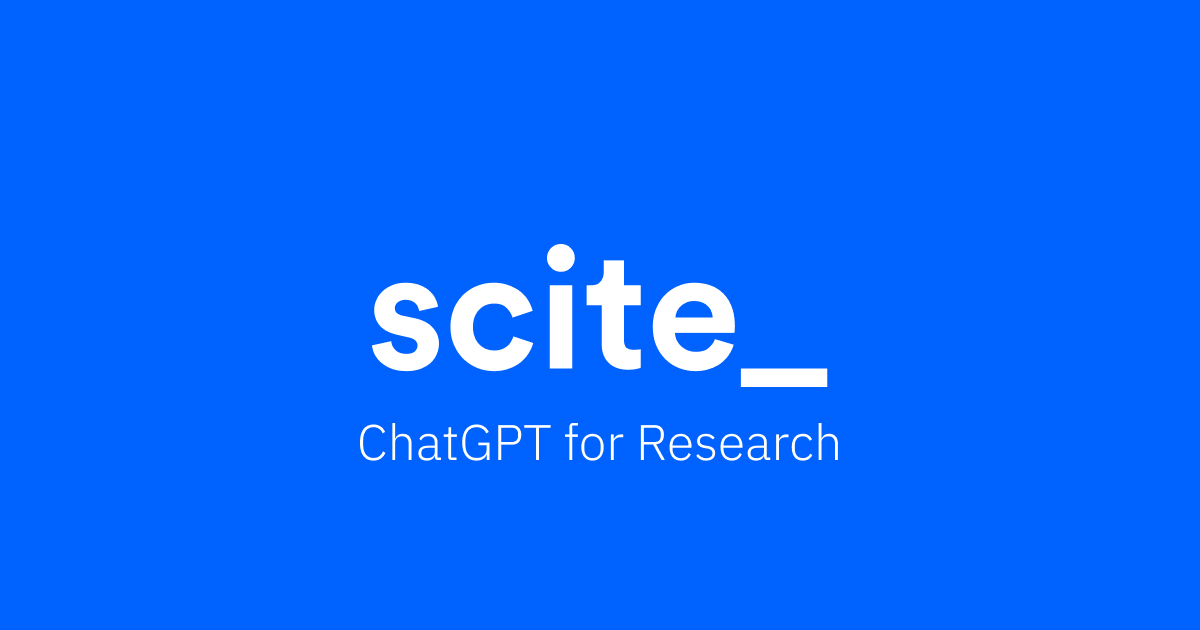
Scite AI checks how papers are cited by others and whether those citations support or contradict the findings.
It’s useful for evaluating the credibility and impact of studies in your review. The tool can help you identify strong sources and avoid unreliable ones.
- Price: $20/month or $144/year.
7. Litero AI

Litero AI combines writing assistance with research organization. It helps you collect and summarize studies, structure your writing, and generate drafts.
The tool also includes citation suggestions to help you maintain academic accuracy.
- Price: Limited free plan, then $19.95/month.
Use AI Blaze to answer questions and generate summaries for FREE.
8. Consensus AI
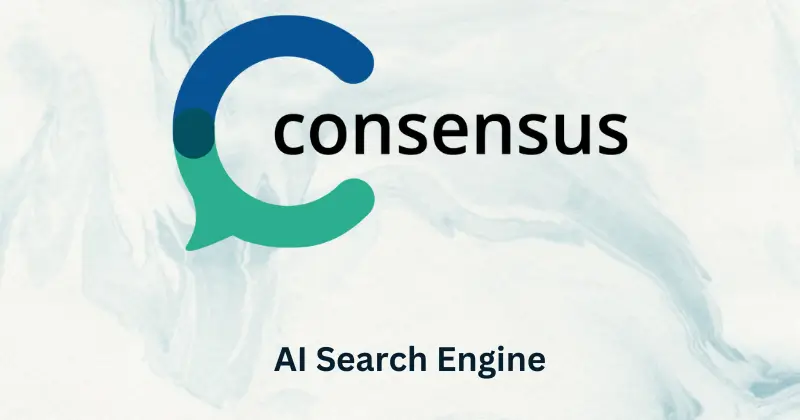
Consensus AI searches scientific research to find evidence-based answers to your questions. It summarizes results from multiple studies and gives you key takeaways.
It’s best for finding what the research community agrees on within a specific field.
- Price: Limited free searches every month, then $120/year.
9. Research Rabbit

Research Rabbit helps you discover and organize academic papers visually. It builds maps of related studies and allows you to follow citation networks.
This makes it easy to explore how research on your topic has evolved over time.
- Price: Free to use.
10. Liner AI
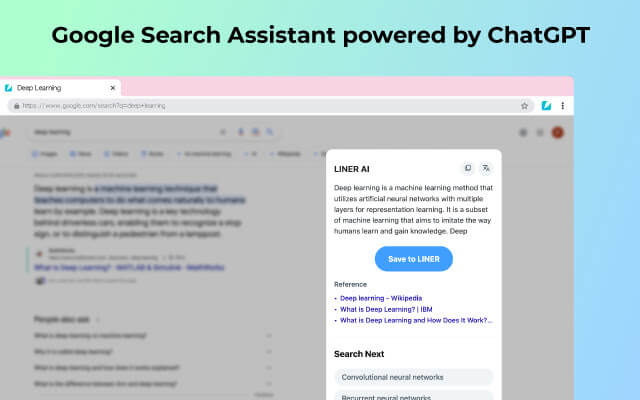
Liner summarizes online content and research papers into key points. It can highlight important sections automatically, which helps when reviewing long studies.
Students can use sites like Liner to extract insights and save summaries for later reference.
- Price: 1 free file upload/day, then $179.88/year for more.
Streamline The Writing Process With AI
Writing a literature review takes time, focus, and organization, but AI tools can make the process easier. They can help you search for studies, summarize findings, and structure your notes so you can spend more time analyzing instead of compiling.
Whether you’re writing your first paper or preparing a thesis, using AI for literature reviews can help you stay efficient and confident in your work.
To recap, our suggestion for the best AI literature review tool is AI Blaze. AI Blaze is your personal AI assistant that helps you summarize content, improve your writing, and save time in 2026.


